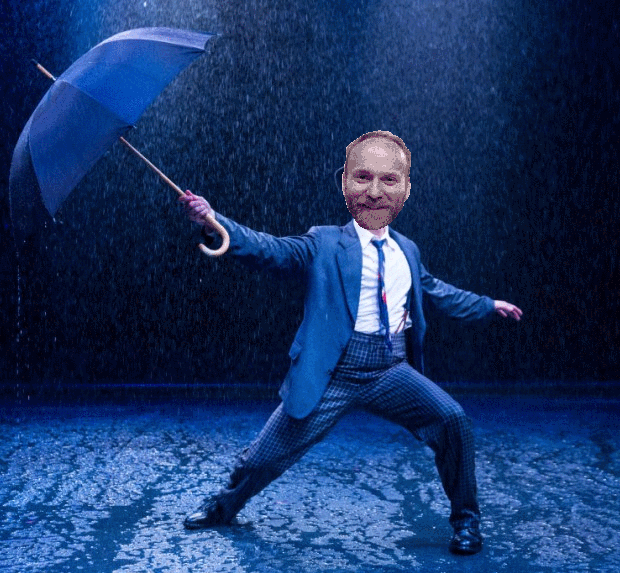With the recent and seemingly spontaneous showers, it is evident that the weather is changing. Even if you deny climate change is real, you cannot refute that the weather can be unpredictable. With that in mind, here is a guide to help you be just a little more comfortable in these trying times.
Look at the sky.
I know this tip seems like a no-brainer since rain literally comes from the sky, but that is not what I mean. There are a few rhymes and sayings that can help you determine whether or not it is about to rain. For example, “red sky at night, sailor’s delight; red sky in morning, sailor’s warning.” What this saying basically means is that if the sunset is pinkish-red, there will likely not be a storm. If the sunrise is red, that can be indicative of a storm (though it is hard to tell sometimes, thanks to pollution). This rhyme can be hard to follow, though, since you will need to be up before sunrise.
One of my personal favorites because of its usefulness is, “When clouds appear like rocks and towers, the earth’s refreshed with frequent showers.” This one is pretty self-explanatory, but what it is saying is that: large, tall, puffy clouds mean there will likely be a storm. When you are wondering if it will rain the next day or later in the day, “A ring around the sun or moon, rain is coming real soon,” can help.
Look at the birds.
Birds are like mini weather forecasters, except they do not speak with a weird voice and are not wrong half of the time. Signs of bad weather include crows flying alone, seagulls flying inland, and chickens staying in their coops. Additionally, geese can be useful based on their flight altitude. If geese are flying high, the weather will be nice, but if they fly low, expect rain. The same can be said for hawks, which are more common in Claremont, so geese are not really that useful then, are they?
Keep an umbrella on hand.
Again, an obvious one, I have seen so many students without umbrellas that I felt like I had to include it. For boarders, it never hurts to leave an umbrella by the door, and day students should consider keeping an umbrella in Hooper. If you are a nice person, you could also carry two umbrellas so you have one to spare. Do not forget that ponchos exist as an option too.
DO NOT wear cotton/wool and DO NOT wear tennis shoes.
Cotton and wool are both very good insulators and can keep you warm, but they can also absorb a lot of water in a small amount of time despite looking good with the rest of your outfit. Wearing these leads to you getting cold, which leads to hypothermia, and that is not an ideal predicament. It is best to wear a light synthetic jacket over your hoodie, or a rain jacket so you can avoid catching an illness. Also, do not wear tennis shoes. Not only do they get your feet wet really fast, but they can also make it easier for you to slip and fall.
Keep your backpacks indoors.
For obvious reasons. You keep all your books, papers, and laptops in them and you do not want them to get wet.
Hopefully, this guide can make your transition into winter a little bit easier. Last year, it was pretty dry, and it already looks like that is about to change.















